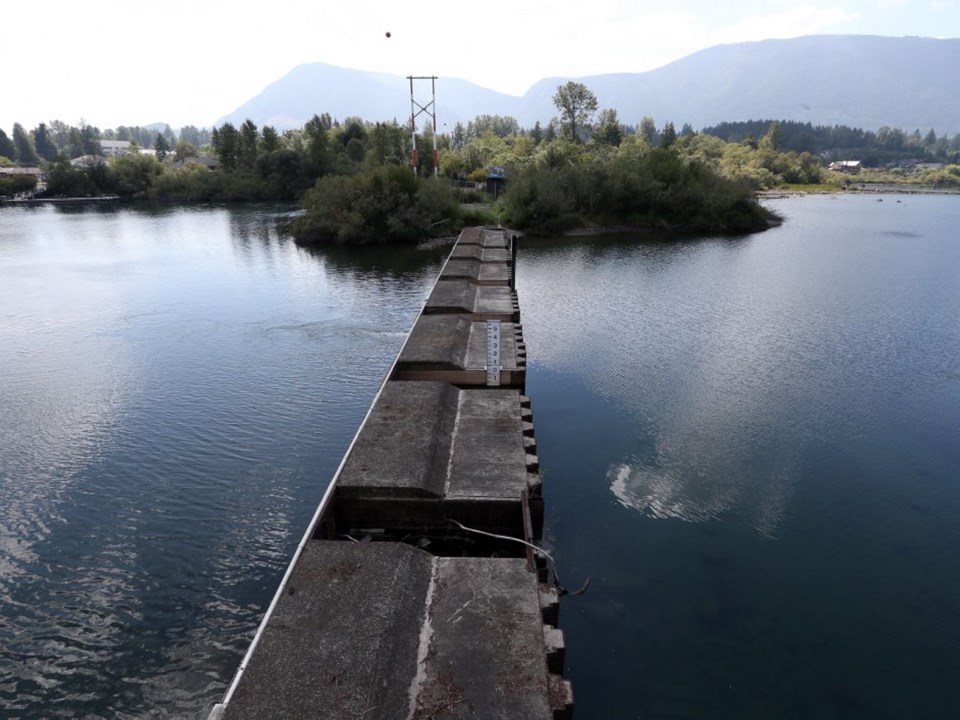Catalyst Paper is seeking permission from senior governments to lower the flows from Cowichan Lake into the Cowichan River to ensure there is enough water until fall rains arrive.
The company runs the Crofton pulp mill, which relies on the river’s water throughout its operations. Under its licence, it is supposed to ensure the flow out of Cowichan Lake is at least seven cubic metres per second at this time of year.
But at that rate, there would not be enough water into September, said Brian Houle, manager of environment for Catalyst Paper.
That’s why the company is asking the provincial and federal government to allow the minimum flow to go as low as 4.5 cubic metres per second. If the minimum allowed flow isn’t dropped, Houle predicts there would be close to zero flow by summer’s end.
Fisheries watchers around the province are concerned about the impact the drought will have on salmon.
By now, most of the young salmon smolts have left the Cowichan River for marine waters, Houle said, although there could be some stragglers.
“What we’re in fact doing is trying to sustain a system through an entire year,” he said.
The federal government and the Cowichan Tribes have given approval for the application, he said.
If the river flow dropped to near zero, the mill, which employs close to 600 workers, would have to shut down, he said.
If the application for a lower flow is approved, environmental staff would go to the river prior to any reduction to assess the situation.
If the level was reduced, those specialists would check to see if any young salmon are trapped and isolated in pools, Houle said. If so, those fish would be captured and moved to the main river, which would allow them to reach marine waters, he said.
He noted that a decade ago, salmon returns were in the hundreds. In the past four years, they have topped 20,000 annually.
Elsewhere, the San Juan River near Port Renfrew is flowing at close to the lowest level ever recorded as the lack of spring rains plus summer heat put pressure on Vancouver Island streams and rivers.
Conditions are different from 2015, when low snowpack was blamed for a significant drought, Ashlee Jollymore, hydrologist with the B.C.’s river forecast centre, said Monday. This year, the snowpack was only down slightly from its usual level.
“The biggest impact has been the lack of spring precipitation,” she said. The heat has led to evaporation in streams and transpiration — loss of water from plants.
Streams on the northern tip of Vancouver Island are faring better because they have received more rain, Jollymore said.
She said that B.C. residents should check with their local governments — from municipalities to regional districts — to find out if any water restrictions are in place in their area.



